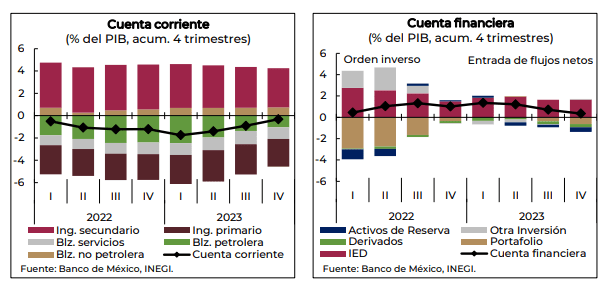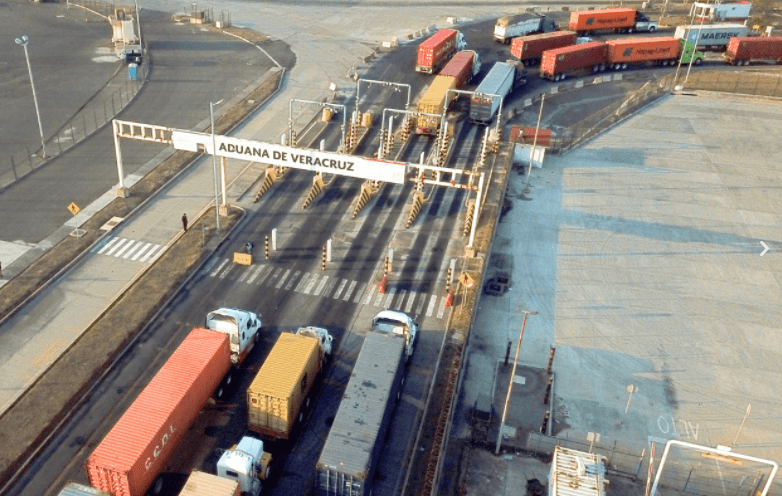Foreign Direct Investment (FDI), remittances and exports broke records in Mexico in 2023, according to SHCP data.
In general, although to a lesser extent, the external sector contributed to the growth of the Mexican economy last year.

The largest inflow of foreign currency came from exports, mainly to the United States, which positioned Mexico as its main trading partner.
But exports contributed negatively to GDP growth.
With a year-on-year growth of 2.6% in 2023, exports of products from Mexico reached 593,012 million dollars.
FDI
On the other hand, FDI stood at 36.058 billion dollars, its highest level with preliminary figures.
Global FDI flows registered an inter-annual growth of 2.9% in 2023, to 1 trillion 365 billion dollars, informed Wednesday the United Nations Conference on Trade and Development (UNCTAD).
In addition, remittances and tourism receipts reached record highs: in the year, remittance flows reached 63 billion dollars while receipts amounted to 31 billion dollars.
These elements, together with the interest rate differential between Mexico and the United States, allowed for an appreciation of the exchange rate with respect to the previous year, which benefited the relative prices of our consumer and capital goods imports.
GDP
In 2023, the Mexican economy linked three years of growth above its historical average by registering an annual growth rate of 3.2%.
In fact, since the third quarter of 2022, the historical maximum of GDP has been exceeded consecutively in each quarter, a situation that had not been observed in the last eight years.
However, in the fourth quarter of 2023 there was a deceleration with respect to the previous quarter, such that its growth rate was the lowest of the year.
The economy’s performance was due to high levels of investment, in an environment of macroeconomic, political and social stability, which continues to generate high business confidence.
Private investment alone grew 19.5% in 2023, the highest rate since 1996, when records began.
This momentum was also generated by changes in global trends in commercial exchange and the phenomenon of company relocation.
Public investment linked two years of growth, due to the effect of public works for oil refining and increased connectivity in the south-southeast region of the country.
These elements, in turn, supported private consumption growth of 4.3% per year, nearly double its historical average from 2011 to 2019 (pre-Covid-19 pandemic period).

